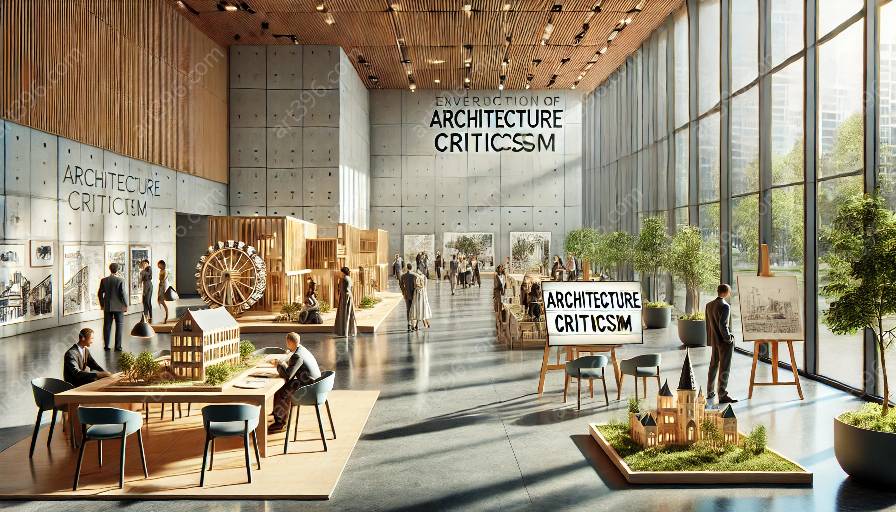Architecture criticism has played a significant role in shaping the evolution of architectural design. The critical evaluation of architectural works by experts, scholars, and theorists has profoundly influenced the way architects approach design, respond to societal needs, and contribute to the built environment.
Understanding Architecture Criticism
In the realm of architecture, criticism serves as the intellectual discourse that analyzes, evaluates, and interprets architectural works. It encompasses a range of written, verbal, and visual discussions that assess the aesthetic, functional, social, and cultural aspects of buildings and urban spaces. Architectural criticism is not limited to identifying the strengths and weaknesses of architectural projects; it also delves into the broader context of design, historical precedents, and the impact of architectural movements.
Shaping Design Philosophies
Architectural criticism has been instrumental in shaping design philosophies and ideologies. Critics often challenge established norms and push architects to reconsider their design approaches. By promoting dialogue and debate, architectural criticism encourages architects to reflect on their design decisions, leading to the evolution of new design paradigms. This continuous dialogue between critics and architects has contributed to the emergence of diverse architectural styles and movements throughout history.
Impact on Architectural Movements
Architectural criticism has been a driving force behind the rise and fall of architectural movements. Critiques of prominent architectural works often fuel public discourse and influence the direction of architectural movements. Through the publication of reviews, essays, and monographs, critics have the power to shape public perception and critique, consequently impacting the reception and success of architectural designs. Furthermore, architectural criticism has the potential to redefine the understanding of architectural history by highlighting lesser-known architects and overlooked architectural achievements.
Reflection of Societal Values
Architectural criticism serves as a reflection of societal values and aspirations. Critics often contextualize architectural works within the broader social, political, and economic landscape, shedding light on their impact on communities and urban environments. By highlighting the inherent social and cultural implications of architectural design, critics hold architects accountable for creating spaces that resonate with the needs and aspirations of the society they serve.
Adaptation to Technological Advancements
The evolution of architectural criticism has paralleled the advancements in technology and communication. With the advent of digital media and online platforms, architectural criticism has gained a broader audience and has become more accessible. Critics and scholars now have the ability to disseminate their analyses and commentaries across various digital channels, fostering a global dialogue that transcends geographical boundaries and cultural differences.
Conclusion
The influence of architectural criticism on the evolution of design is undeniable. As a critical discourse, architectural criticism serves as a catalyst for innovation, introspection, and transformation within the architectural profession. By challenging conventions, shaping design philosophies, and influencing architectural movements, criticism has left an indelible mark on the evolution of architectural design, contributing to the rich tapestry of architectural history.









































